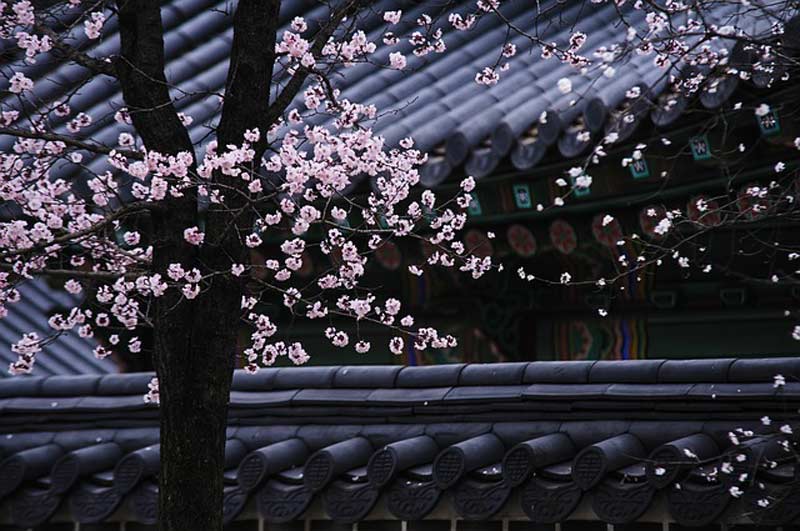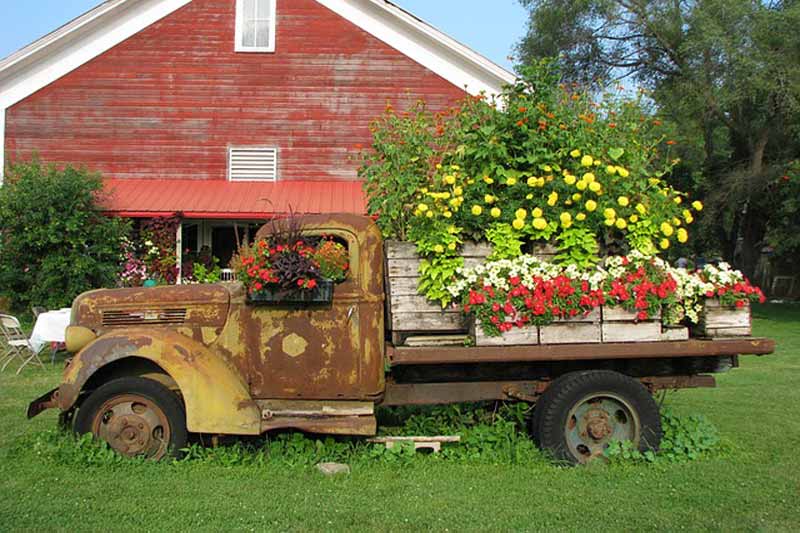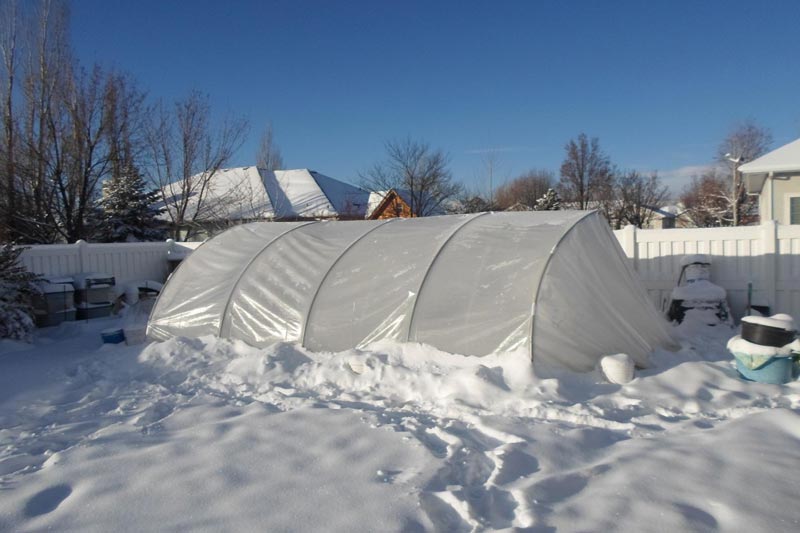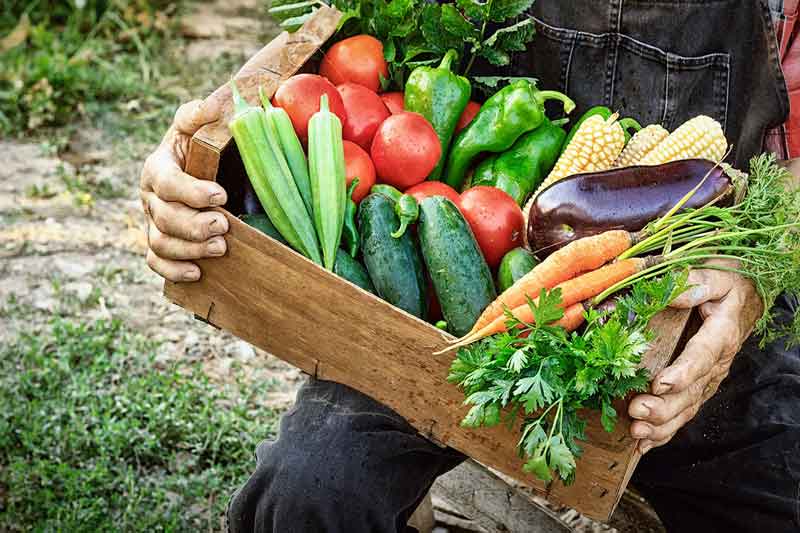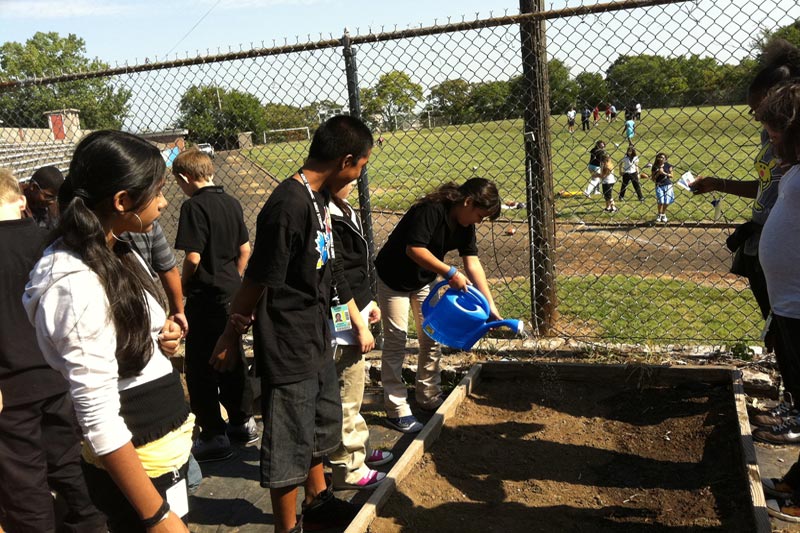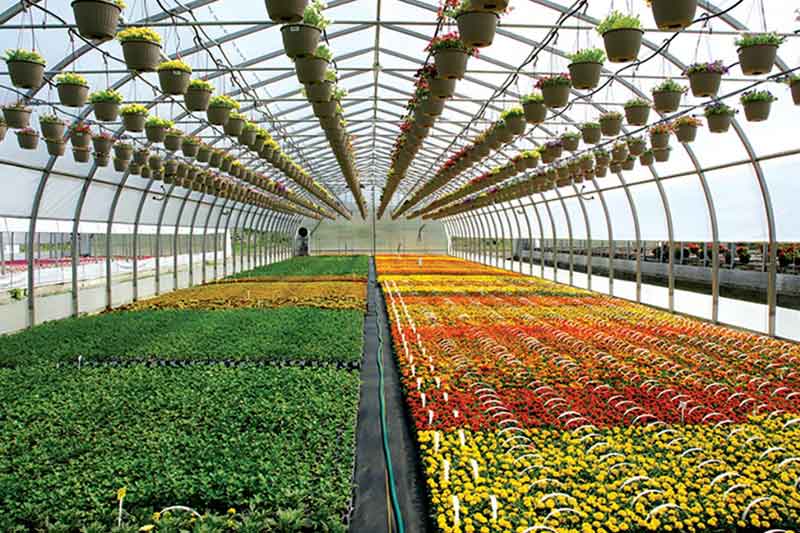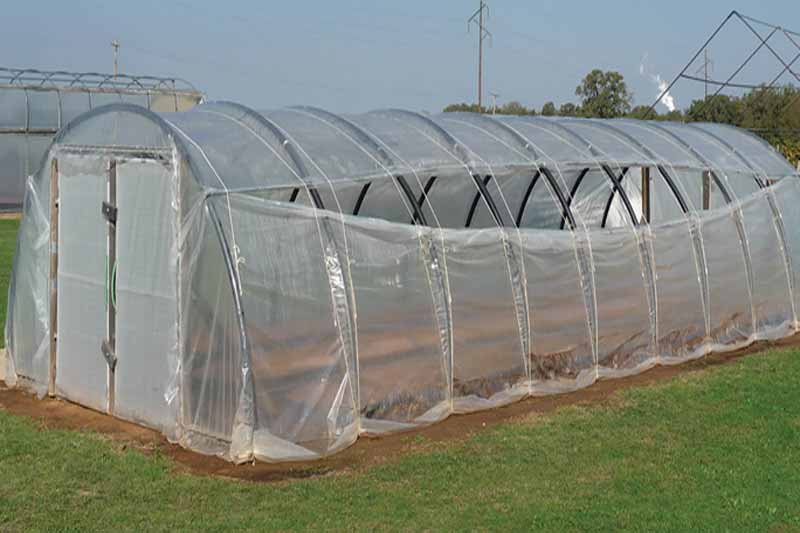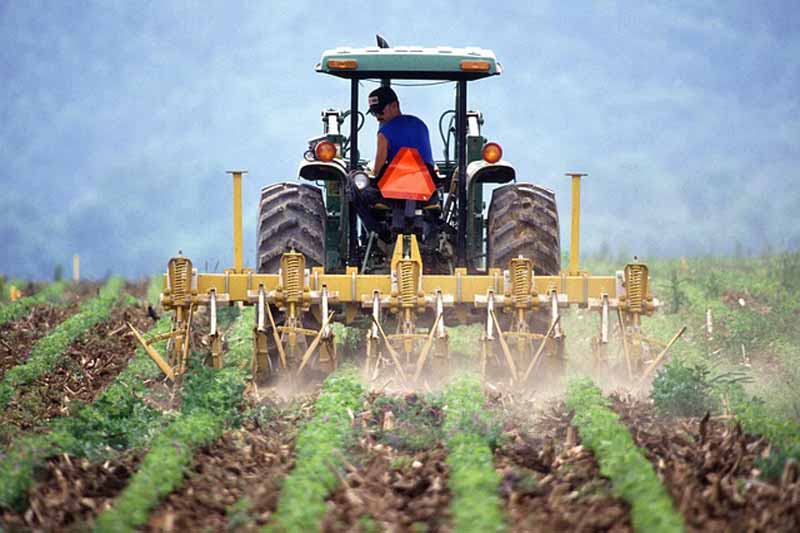When you work in a hectic environment all day every day, it’s important to come home and unwind somewhere that represents the complete opposite. That’s why when you begin your landscaping plans, you need to incorporate as many relaxation-promoting components as possible.
When you want the most peaceful paradise on offer, you will find that landscaping experts can be of assistance, but you can also do many things yourself. Here are a few ways to gain that serenity you require in your backyard.
Outdoor Furniture
Believe it or not, your choice of outdoor furniture can either offer or ruin the peace you were hoping to achieve. When you begin making landscaping plans, think about what you wanted the focal point of the area to be. Did you want a dining area out there? Did it need to be centre stage? Or, are you after relaxing furniture that enables you to sit or lie back, relax, and catch a few ZZZs on the weekend? Before you go ahead and buy furniture, consider what you would use it for.
Privacy
Depending on where you live in Australia, you may find you get plenty of privacy with no neighbours, or everyone appears to be peering in your yard. During your landscaping plans, you need to factor in how to combat nosy neighbours or add a sense of seclusion from others. Consider the use of wood panelling or trellis, hedges, tall potted plants, divider walls, and partitions.


